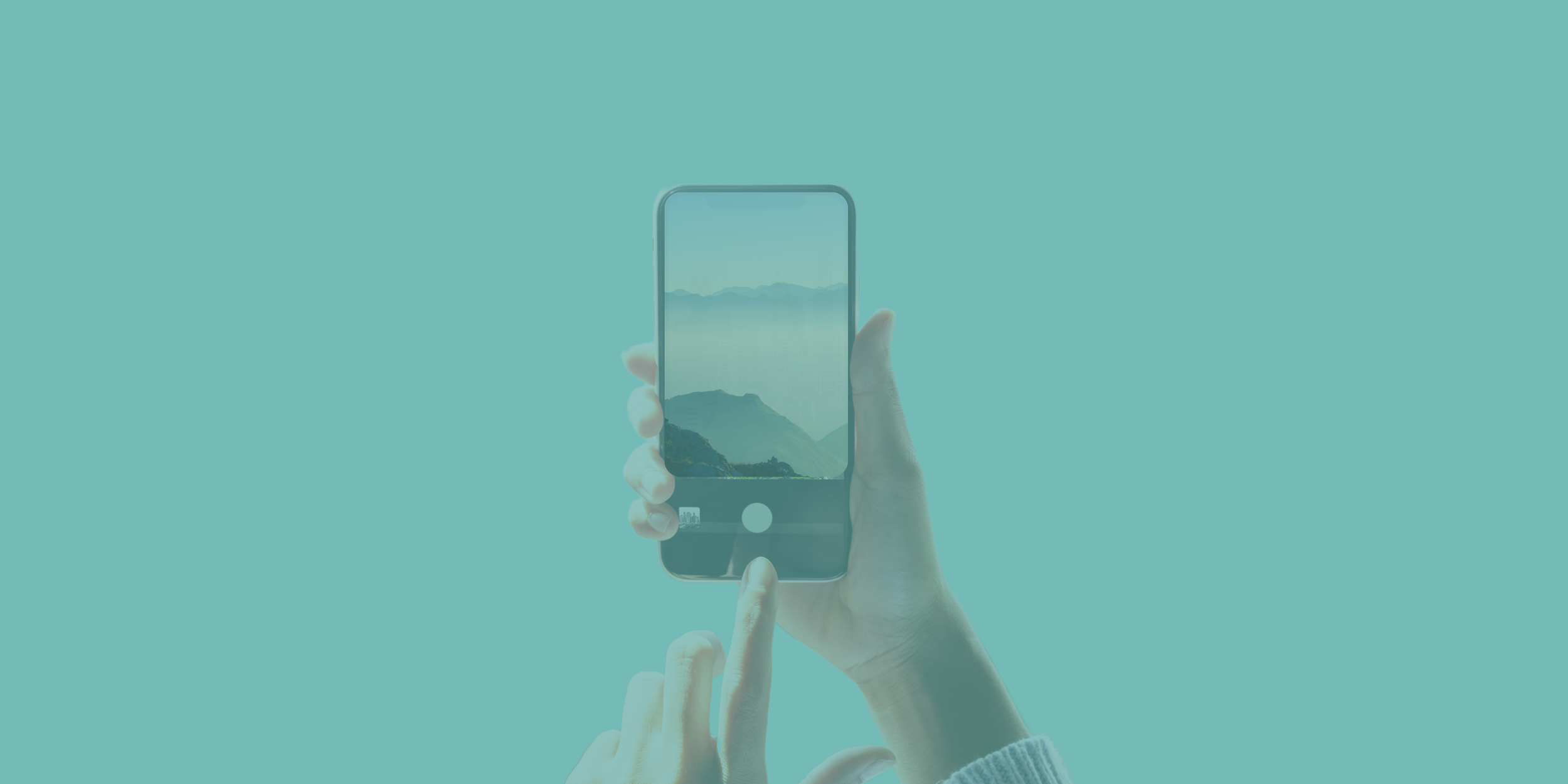
Today's Focus: Shaping your Environment for “Good”
Our surroundings play a key role in shaping our conscious and subconscious behaviours. Findings from behavioural and cognitive science show that by making subtle changes to your environment, you can make it easier to cultivate better habits, and facilitate a more mindful and intentional use of technology.
How Habits form - Charles Duhigg’s Habit Loop
It is said that more than 43% of our daily actions are habitual actions. And these habits are often triggered by cues in our environment. These triggers can be anything from a specific location (feeling relaxed when you walk through nature), a time of day (feeling the urge to check your social media first thing in the morning), to the sight of a particular object (seeing your phone and wanting to grab it). Charles Duhigg's habit loop is a nice representation of this. According to Duhigg, every action is preceded by a trigger and is followed by a reward which reinforces the habit loop.
Watch a Video about how the habit loop works here. By altering our environment, we can effectively disrupt this loop and create new, healthier digital habits.
Today’s Activity:
Remove one (or more) of the following triggers for the day and observe how this impacts your wellbeing and productivity:
Turn off all notifications (schedule times to check email and collaboration channels)
Put your phone out of sight during times you need to focus
Put your phone outside of the bedroom before you go to sleep
Block an app/introduce an app limit for an app you often overuse
Do this Digital Declutter Audio Exercise (10 minutes)
Peter’s Example: To remind himself of taking breaks away from the laptop, Peter placed a post-it on his desk (Positive trigger)
Linda’s example: To prevent herself from checking Instagram first thing in the morning, Linda downloaded Opal and blocked all social media apps before 12pm.
More ways to make your environment work for you:
Establish device-free times
Whether at home or at work, establishing (and sticking to) device-free times can promote wellbeing and work-life balance. This could be in the morning, during work times or just before bedtime. An App-blocker like Opal or Appblock can help you more easily stick to these.Establish device-free zones
Establish specific areas for technology use and technology-free zones. This helps create clear mental and physical boundaries for your digital habits. This could be the dining table, the bathroom or your bedroom.Limit/Switch off Notifications
Limiting non-essential notifications can reduce the environmental cues that prompt habitual device checking. (Challenge: Try turning off all notifications for a day and observe which ones you truly need)
Remember:
It's not about imposing restrictions, but about creating an environment that aligns with your values and goals. Small, thoughtful changes can significantly impact your digital interactions.
Reshaping your environment to foster a better balance with technology takes time. Staying mindful and regular check-ins for triggers in your environment will help you understanding how you can make your environment work for you.
See you on Day 4!
Day 3
Welcome to
